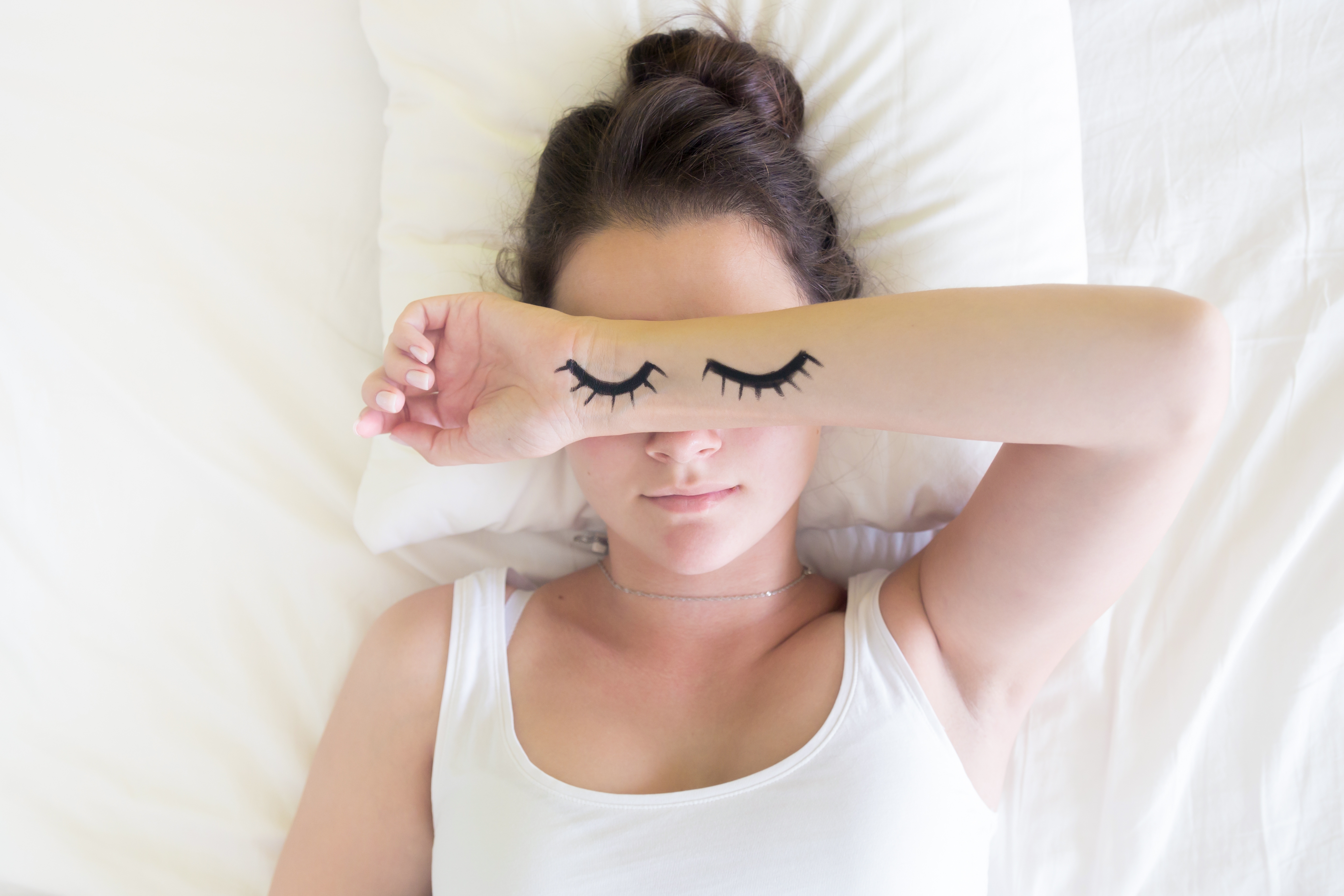
Healthy days are a direct result of healthy nights, and the position you sleep in can have a dramatic effect on your well-being, mood and productivity.
You spend about eight hours a night on your mattress, so it’s bound to have an effect one way or another. Let’s explore the pros and cons of each sleeping position and help you find the best sleeping position for a perfect night’s sleep.
On your back
Pros: As your back is supported by the mattress throughout the night, sleeping on your back is probably the best sleeping position for your spine and neck, allowing your back muscles to relax and keeping your spine from experiencing extra pressure. Sleeping on your back can also have a positive impact on your skin. Because your face doesn’t press down against your pillow (which often contains a build-up of bacteria, dirt, makeup, hair products and oil), it can keep your pores unclogged and limit inflammation. Plus, scrunching your face against a pillow can lead to sleep wrinkles, so sleeping on your back can be a great way of keeping your face wrinkle-free.
Cons: Sleeping on your back can enhance the frequency of chronic snoring, as it causes the base of your tongue to collapse into the throat, causing the air at the top to vibrate. At worst, it can increase your chances of developing sleep apnea, a serious disorder that affects your breathing and quality of sleep.
On your stomach
Pros: There aren’t—it has to be said—a huge number of positives when it comes to stomach sleeping. According to Healthline, it reportedly can ease snoring and sleep apnea (in some cases) but unfortunately, that’s where the good news ends.
Cons: Sleeping on your stomach is an unnatural position that arches your back and flattens the natural curvature of your spine, leading to pain in your lower back. This position can also cause strains in your neck by locking the upper cervical vertebrae, causing long-term neck problems and headaches. Moreover, sleeping on your stomach can irritate nerves (leading to numbness and pain) and put pressure on your joints and muscles. Skin-care aficionados may also want to think twice. Pressing your face down against your pillow can aid the development of sleep wrinkles and expose your face to the microorganisms and dirt stored on your pillowcase. The National Sleep Foundation recommends that adults sleep for 7–9 hours every night (210–270 hours a month)—a long time to expose your face to potentially harmful bacteria.
On your side
Pros: Sleeping on your side is one of the most common sleeping positions, and with good reason. It can help combat heartburn and acid reflux, and because it keeps your airways open, it’s often the best sleeping position for people who suffer from snoring or sleep apnea. In fact, doctors specifically encourage pregnant women to sleep on their sides, as it can help to increase the amount of blood and nutrients that reach the placenta.
Cons: Because half of your face is pressed into your pillow, sleeping on your side often isn’t the best for your skin. In addition, the side position can put pressure on your lungs and stomach, while resting your weight on one arm can restrict blood flow and result in numbness. Side sleepers may also experience localized pressure on their hips or shoulders, which can lead to soreness in the morning.
In the fetal position
Pros: Technically a type of side position, the fetal position is so popular that we thought it deserved its own mention. According to research from the Better Sleep Council, the fetal position is the most common sleeping position amongst Americans, accounting for 47% of all sleepers. Complementing the natural curve of your spine, this position is good for those who suffer from back pain.
Cons: Curling up tightly while you sleep can place lots of pressure on your diaphragm and restrict your breathing, while it can also cause you to suffer from neck pain if you don’t support your head properly throughout the night.
What’s the verdict?
Ultimately, the best sleeping position is a matter of comfort and personal preference. While sleeping on your back and side is better for your body than sleeping on your stomach, our bodies always tend to revert to their natural snooze positions anyway. It’s worth remembering that most sleepers change position between 20 and 30 times a night, so even if you’re a stomach sleeper, you may be spending more time on your side or back than you realize. As long as your doctor hasn’t given you any specific instructions and you haven’t noticed your current position doing you any harm, feel free to sleep in the position that feels most natural.
Need to know more about your nights are treating you? Check out Withings Sleep.



